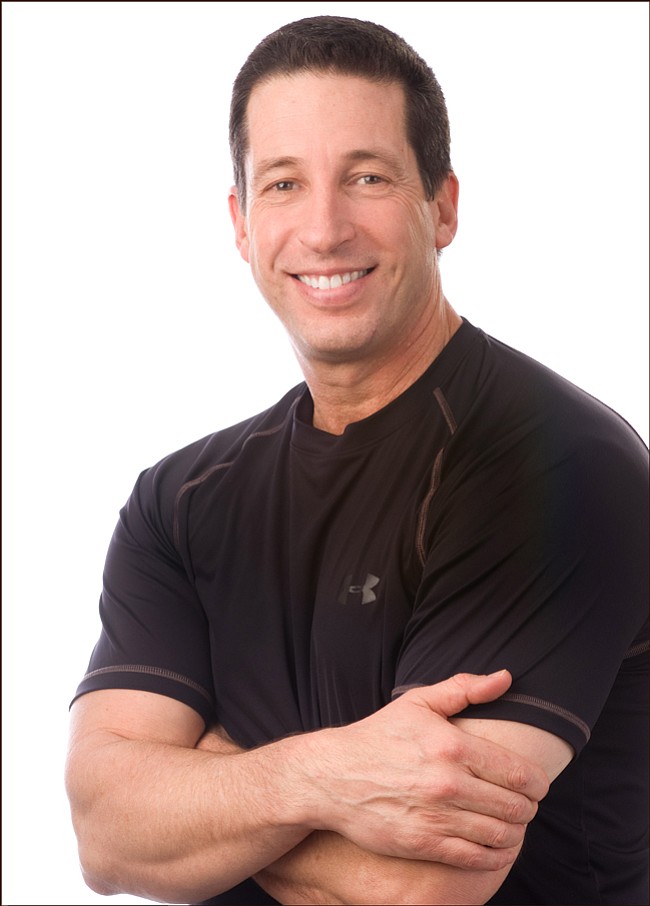One of the beauties of the first three decades of life is that we spend very little time preoccupied with having to manage the creaks and groans the body uses to signal that something just “isn’t right.”
The reason is fairly simple: Our bodies take time to begin showing symptoms of decline. No one, however, is completely immune from injury sustained at younger ages. Often, injuries only begin to become symptomatic as we get older.
My dad, who was a physician, never let me play high school football (although he did let me wrestle) because of all the irreversible injuries he saw high school athletes incur that he knew would plague them later in life. It didn’t matter whether it was a knee, hip, ankle, elbow, shoulder or back — he just assured me that the pains of certain injuries moved more hastily at the onset of each decade of our life.
In a nationwide telephone survey by Dr. Raymond Gaeta, director of pain management at Stanford Hospital & Clinic at Stanford University, results showed that nearly one in five (19 percent) of those solicited experienced chronic pain caused by arthritis. This group included a random sampling of people of all ages, supporting the notion that joint issues are more prevalent than many realize.
Even the most efficient and well-maintained man-made machine will ultimately reach a point of compromise or failure after repeated repetitions of the same cycle.
While it is the most amazing machine, the human body will also begin to present with failure and compromised mechanics over time.
Human cartilage that serves as a “friction buffer” between two bones will get thinner and often tear or wear out over time. This ultimately creates bone-on-bone contact, which then becomes the gateway to other types of joint inflammation, primarily osteo (bone) arthritis — inflammation of the joint space.
The role exercise plays on slowing the aging process continues to gain momentum, and irrefutable information supports that fact. One of the most relevant: Regular exercise involving any kind of resistance training will significantly slow the loss of lean muscle mass and provide support around a specific joint.
This “off-loading” of direct forces around a particular joint helps reduce cartilage wear. While statistically the loss of muscle as a physiologic result of the aging process is undeniable, multiple studies have proved that surrendering to a 1 percent loss of lean muscle per year after the age of 50 simply doesn’t have to happen when lifestyle changes include resistance training.
Of the many age-onset-based events from which individuals suffer, one of the greatest causes is disuse. This can be reversed quickly and efficiently.
Whether you’re fit or not, there is no need to surrender to the years as they arrive. Remain active, fight gravity with resistance exercises, and make up your mind that aging with grace is a very realistic goal.
Bill Victor is owner of Victor Fitness System Professional Fitness Trainers, Flashpoint Athletic Speed & Agility Specialists, and Performance Nutrition Consultants. He can be reached at victorfitsystems@gmail.com and online at http://theflashpoint.org and http://VictorFitnessSystems.com.



